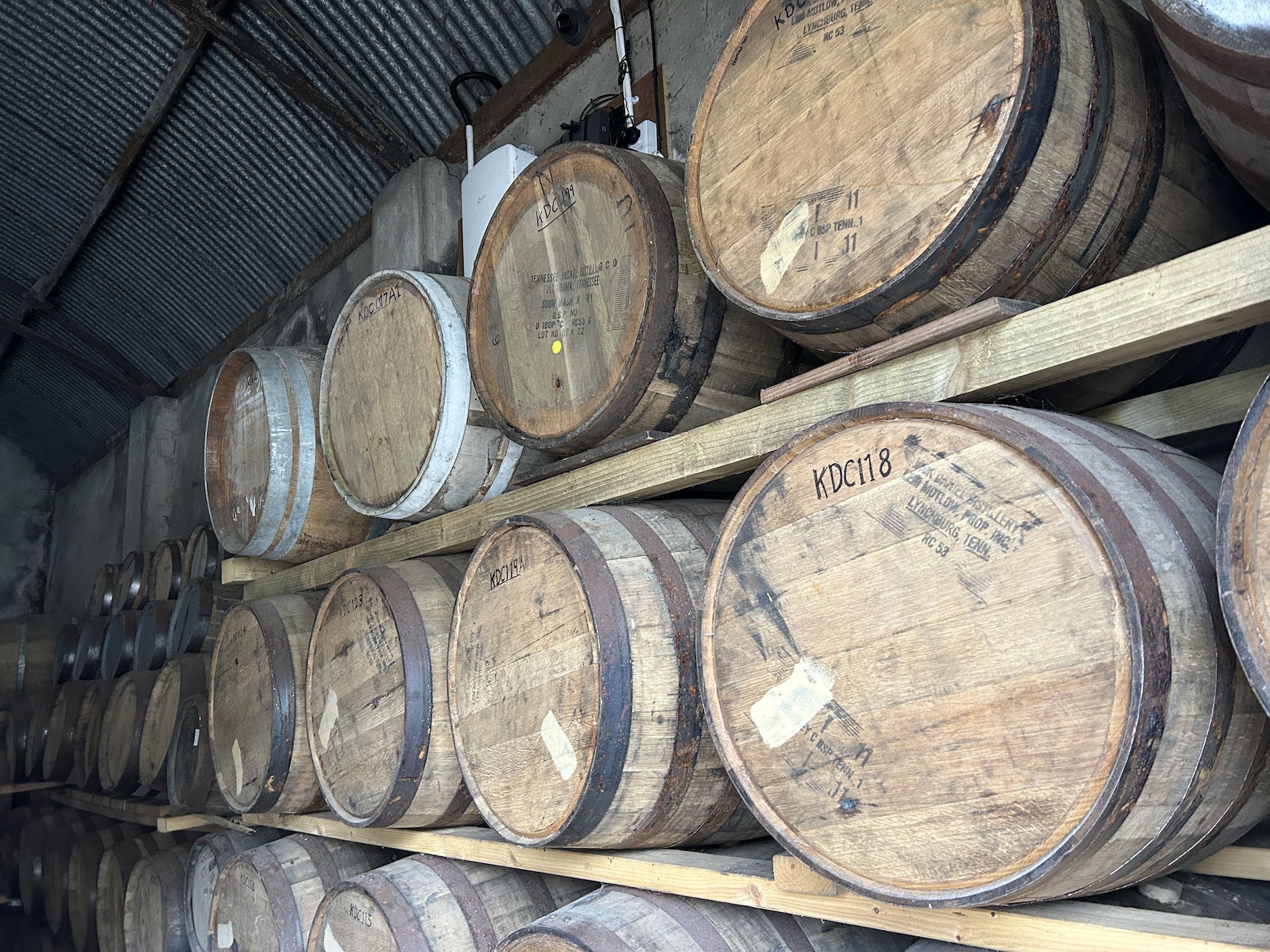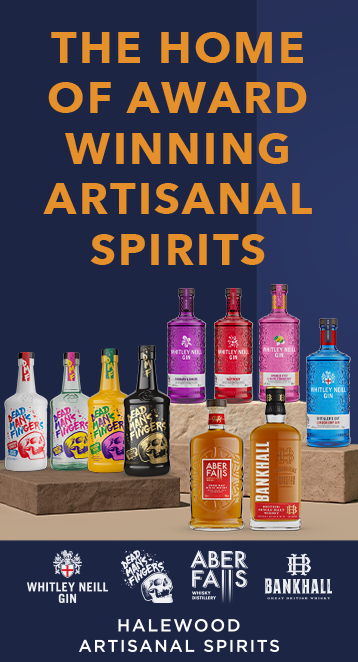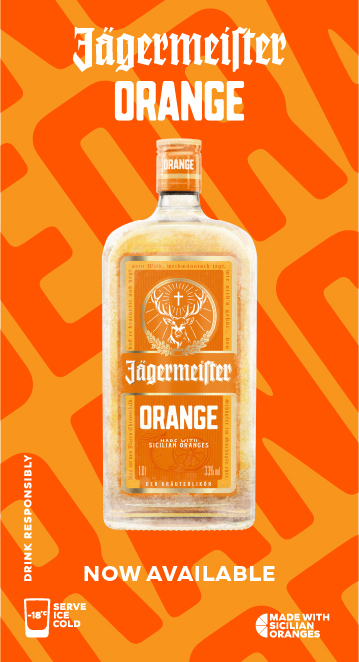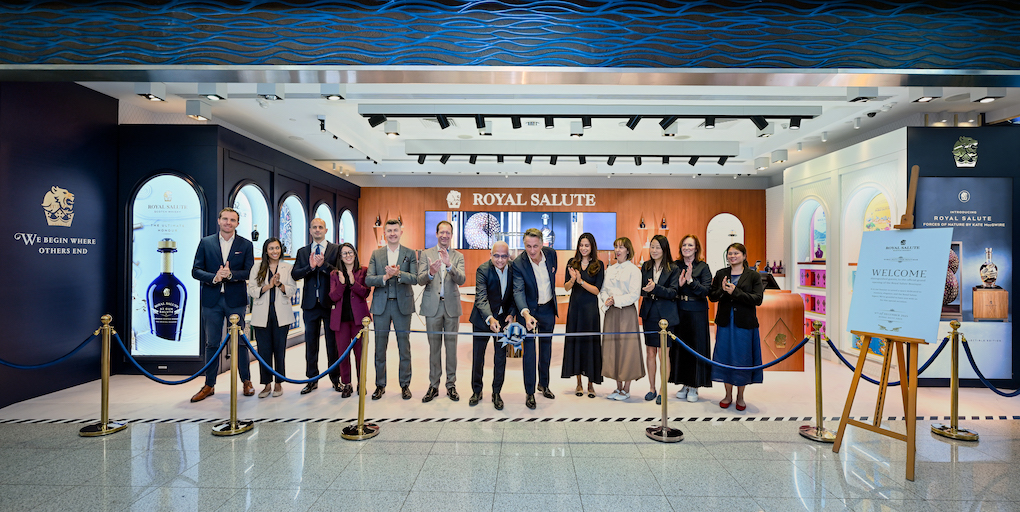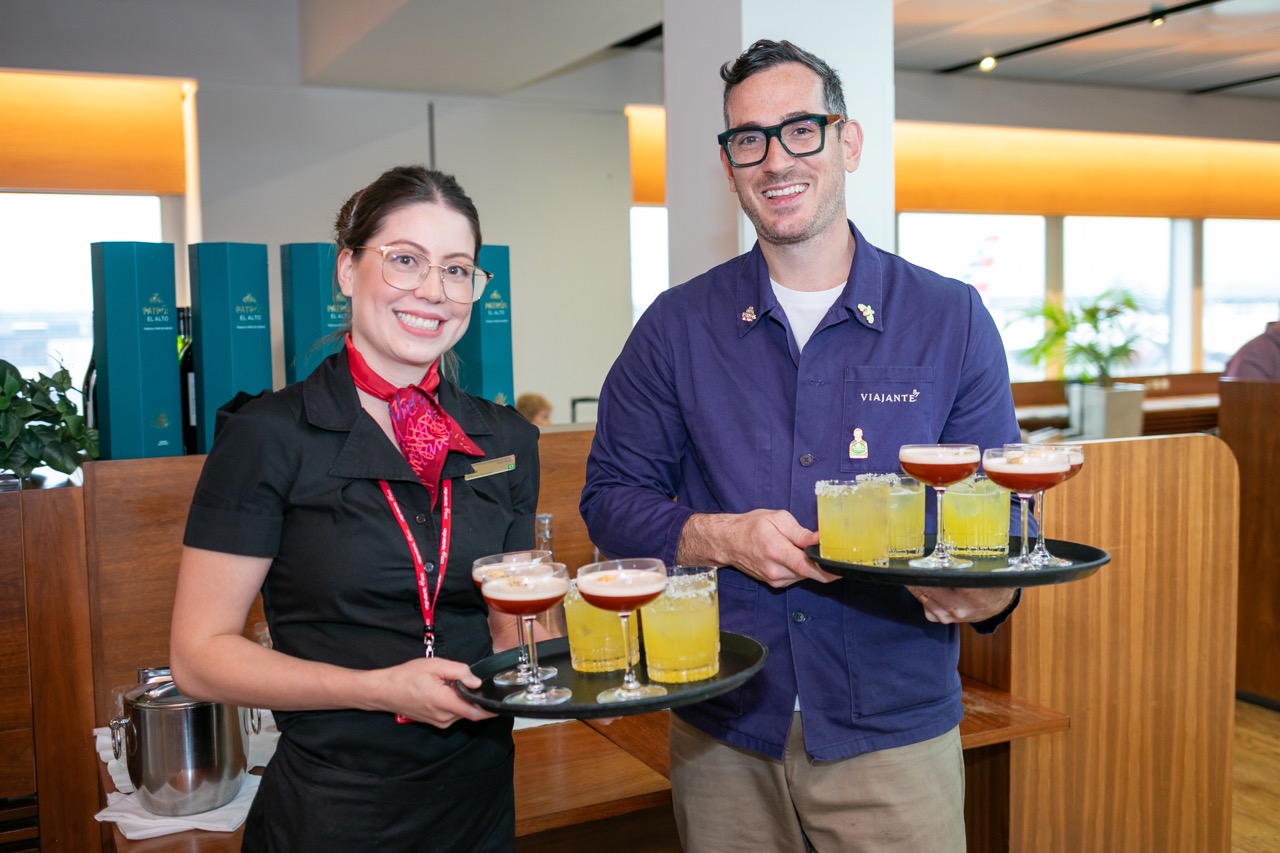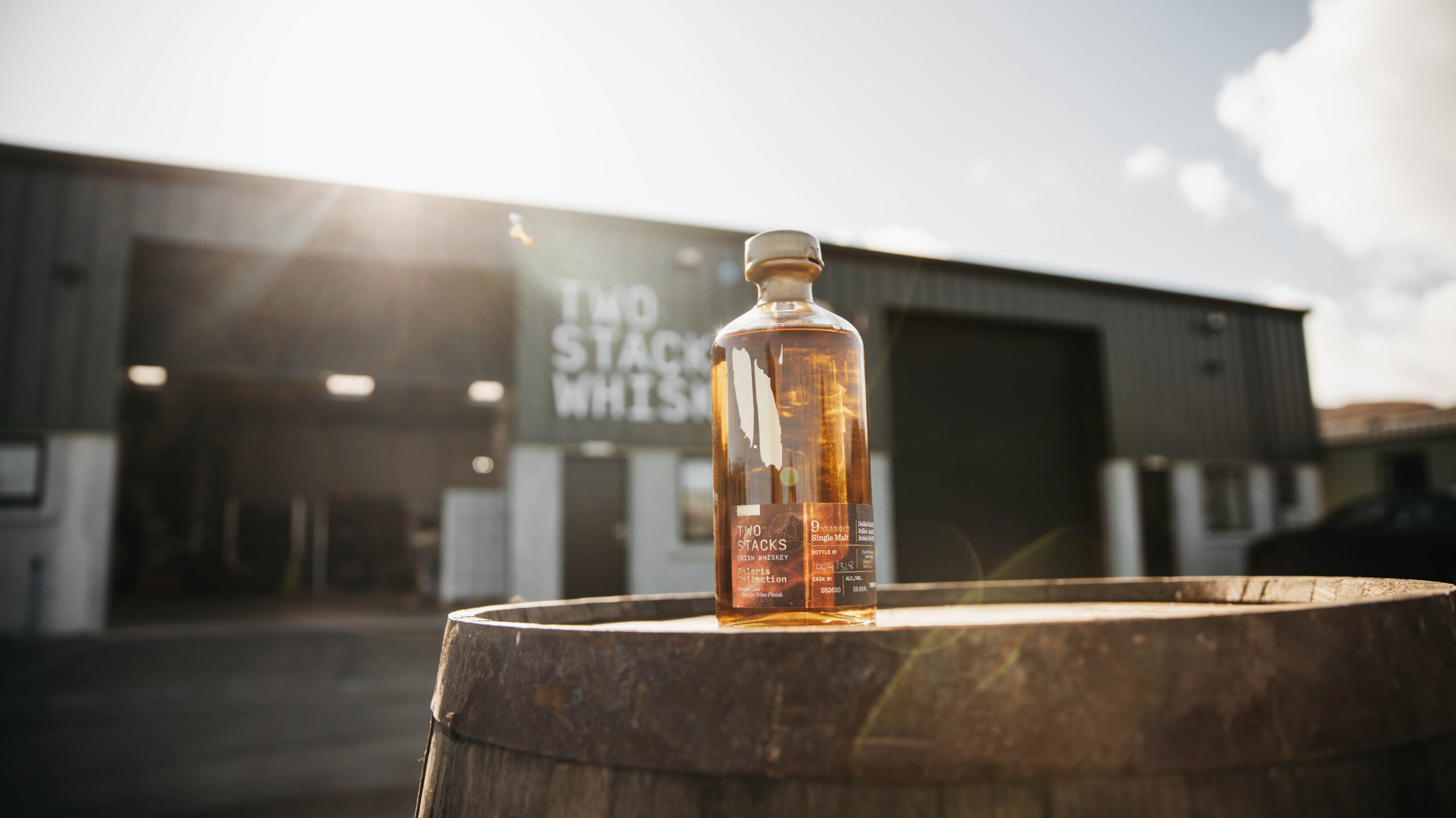
“As a brand-building avenue, travel retail is number one.” So says Two Stacks Irish Whiskey Co-Founder Shane McCarthy as he reflects on the power of travel to entice and engage shoppers, as the brand seeks to build on its strong export growth and domestic market successes with expansion in the channel.
We’re sitting in the headquarters of Two Stacks and parent Ireland Craft Beverages, close to Newry in County Down, talking about the journey so far for the bottler, blender and brand owner of Irish craft spirits, and its next steps at home and overseas.
As we reported in an extensive feature previously, the story began in 2015 when three friends – Shane McCarthy, Donal McLynn and Liam Brogan – decided to translate their passion for whiskey into a business venture.
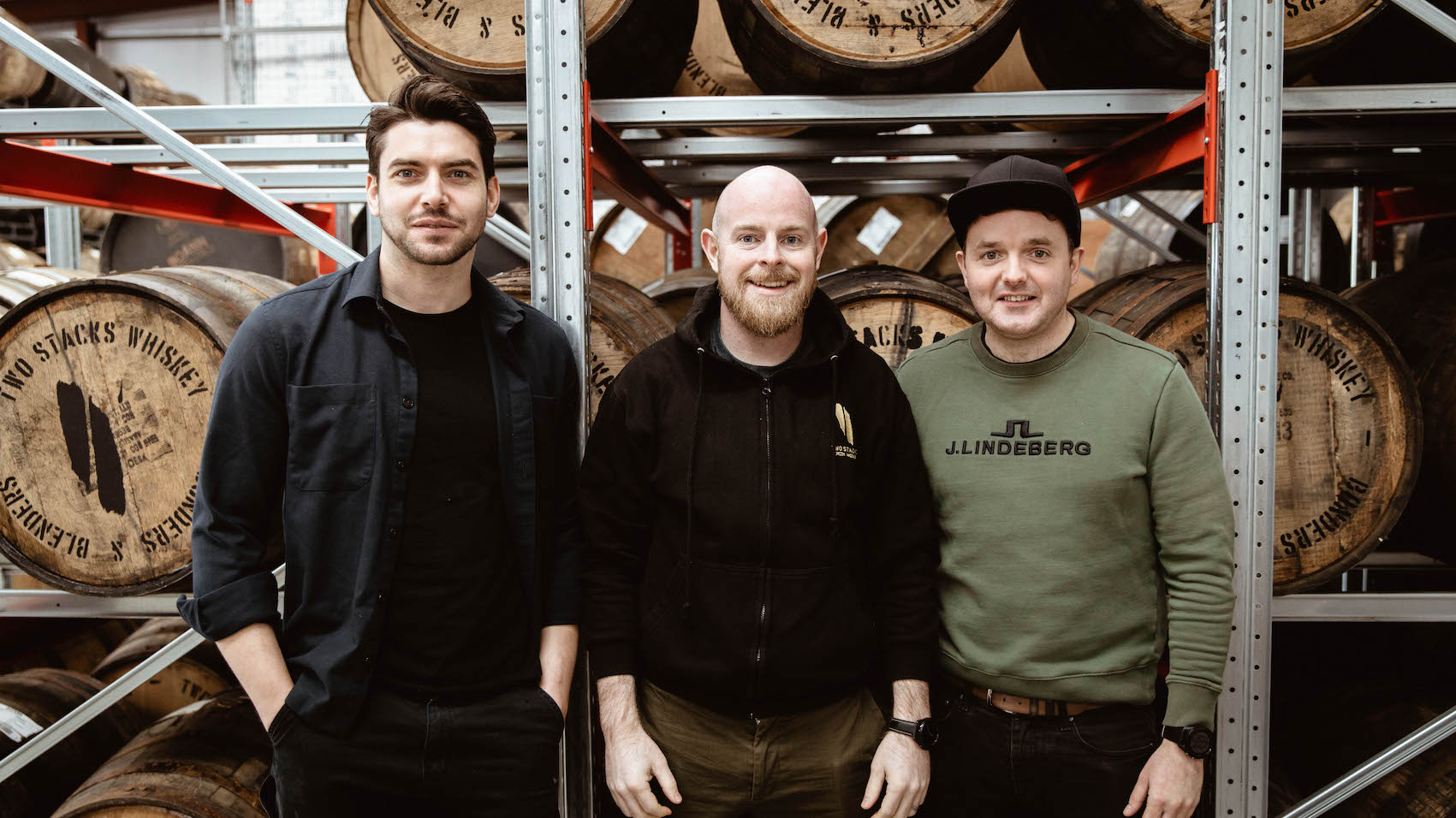
They sought to use the revival of the Irish whiskey category to create their own niche in the market, relying on the history of Irish whiskey making, which encouraged a multitude of flavours and characteristics, for inspiration.
Paying a visit to this north-eastern region of Ireland, in the lee of the Mourne Mountains, and it’s clear how the team takes from the past but also leans on modern techniques and styles.
McCarthy says: “When we began this journey almost ten years ago it was about showing a true taste of Ireland and that ‘why’ has not changed for us. Whether it’s a pot still or a single malt there is a Two Stacks angle to all we do. The pot still is aged in rye casks, which is unique, and the single malt is a vatted malt, and in the double-barrelled series single grain is aged in PX casks. We want to always push the flavour boundaries. And we have to be authentic to where we are.”
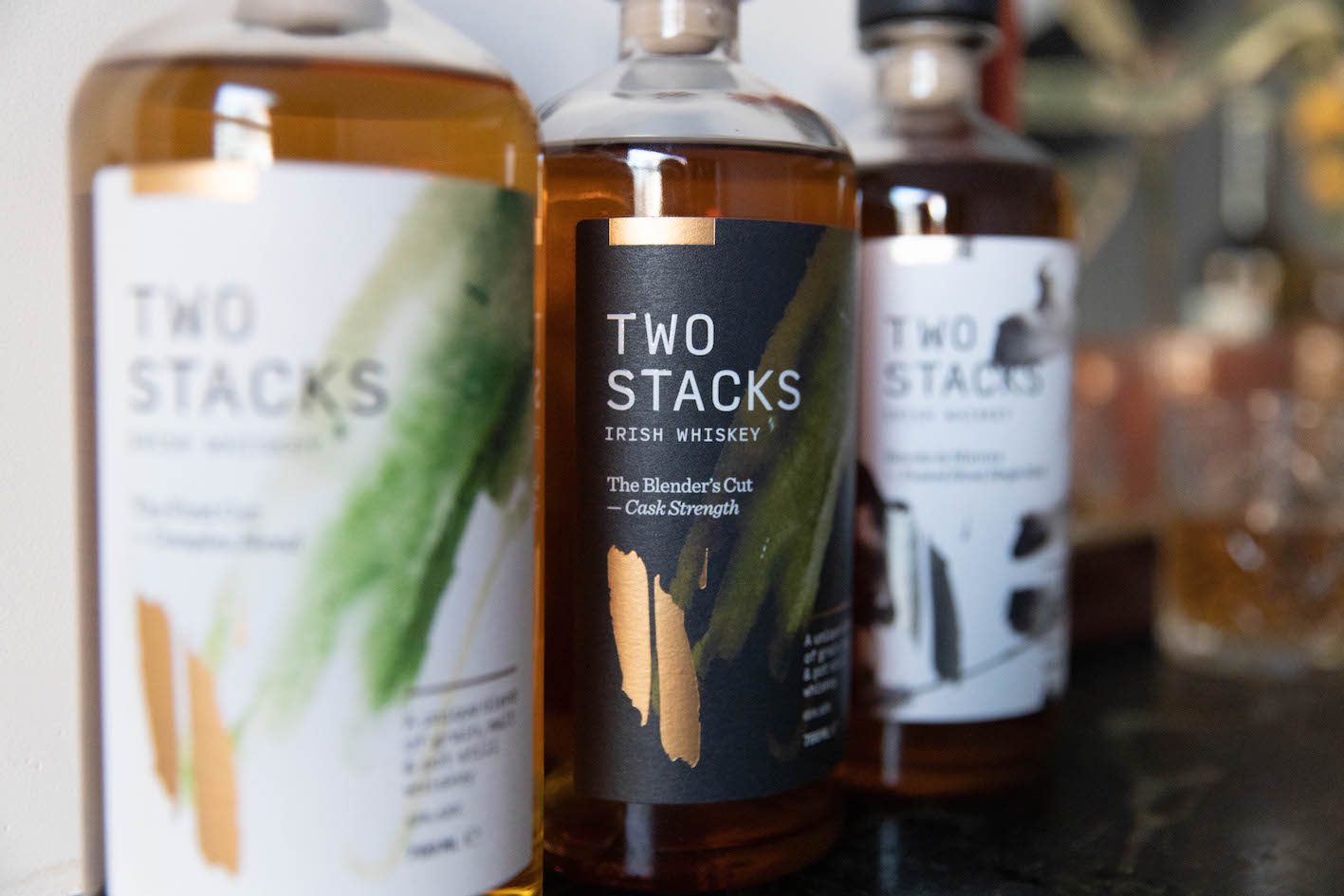
Brogan adds: “We are always looking at heritage mash bills [the mash bill is key to the pot still production style of many Irish whiskeys –Ed] in the category. We are seeking out those stories that tell us about what the past looked like. We’re excited about bringing through mixed mash bill on one hand and on the other side, unusual barrel finishes and trying new things around that. So everything is linked to heritage but also modern techniques and variation.”
That story is resonating with whiskey enthusiasts at home and abroad, as the company develops its own blends, partners with other distilleries or creates private label editions for retailers or bars.
A forthcoming edition for the domestic market – Pillars of Creation – presents a neat example. It is a three-part blend combining whiskey from three of Ireland’s independent distillers, currently ageing and coming to market soon.
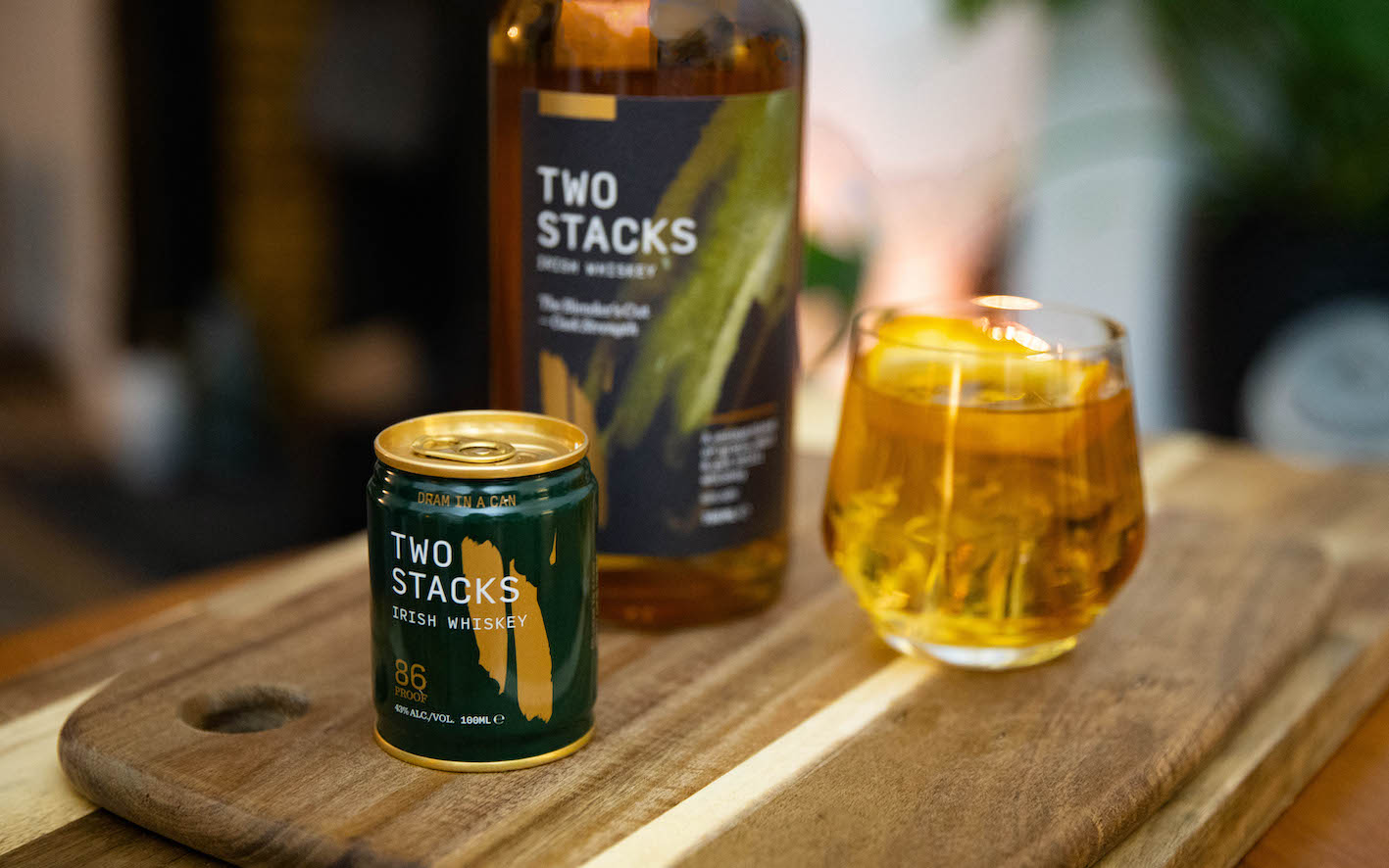
Its premium bottled whiskies are complemented by innovation in packaging. Two Stacks’ Dram in a Can – a five-part blend in a 100ml can – has proved a big success since it launched in the US in 2021, with a presence now in key travel retail markets. This, says the company, makes the category even more accessible and convenient.
The combination of innovation in the liquid, packaging styles that break traditional boundaries plus fine-tuning of distribution in the major markets is pushing the company towards its target of 100,000 cases in the next three to five years, which would represent around double the current business.
Two Stacks is now present in around 40 export markets, led by the US, Australia and key territories in Europe for Irish whiskey, to which recently Nordic states Denmark, Finland and Sweden have been added, with Norway set to follow.
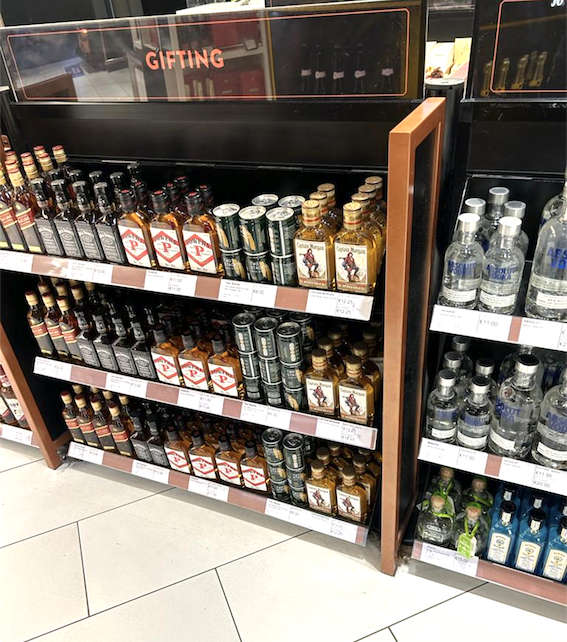
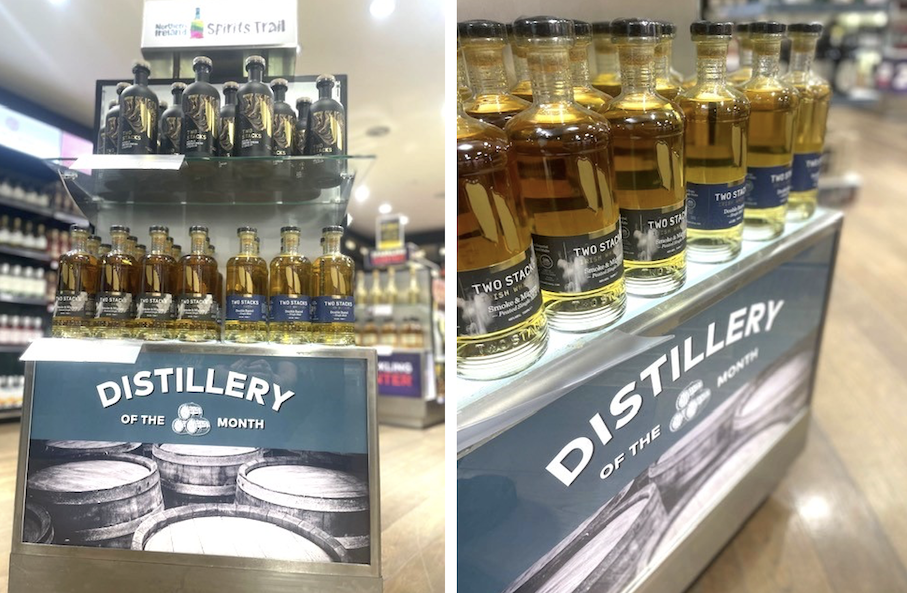
But it’s not simply about expansion, it’s about managing growth sensibly in the right locations.
McCarthy notes: “We are not aggressively looking for new markets but are aiming to be smarter about managing those markets where we are. We are now more robust strategically, serving those markets better, asking ourselves what levers we need to pull and ensuring we can work around the capacity needs we have.
“It’s also about accurately serving each market. In the UAE they love malts and so our Double Barrel goes well, and Smoke and Mirrors Peated Stout single malt is also very popular. We have our Single Grain as a value offering for those partners who want it, and have a range from malts to grain to our Irish cream that shows our flexibility.
“Many other brands in this space offer one SKU that they can scale whereas most of our products are scalable for our partners.”
The Dram in a Can business represents a niche in which Two Stacks has led the way, and where volumes can even accelerate. “There is a big volume opportunity there,” says McCarthy. “We have order after order and the challenge is to manage the supply. We work well with Great Northern Distillery (Ireland’s largest independent distillery), a quality operator in their stock and cask management, and they continue to be a very important player in the market.”

Complementing the approach to global export growth is the attraction of the travel retail channel, as noted above.
With its malts, blends and Irish cream, across bottles and Dram in a Can, Two Stacks has built a steady business, beginning with ARI in Ireland and building across Europe, the Middle East and the Indian sub-continent. Key distribution partners include Sipwell Brands (Europe and Asia Pacific), Blue Caterpillar (North America and Scandinavia) and Kreol Travel Retail (Indian sub-continent and selected Middle East locations).
Two Stacks Single Malt and The Blender’s Cut are performing especially well in travel retail in existing locations. Both expressions will feature with Avolta/World Duty Free in a significant new listing at London Heathrow from 1 July, as well as with the same retailer at Chicago and Boston airports in the US.
This builds on recent gains with Lagardère Travel Retail at Belfast International Airport and Zayed International Airport in Abu Dhabi, the latter complementing a strong presence in the Middle East with Dubai Duty Free, Qatar Duty Free and other retailers in the region.
Returning to the key message about the channel’s influence, McCarthy says: “We understand that it’s difficult to make money given the financials but people buy in travel retail, there is volume and you get liquid on lips in ways that you don’t get in other channels.”
He adds: “It’s a different consumer mindset and the channel makes sense to us. Also, while your buyer partner in domestic retail often moves on quickly to new roles, in travel retail you can build the relationship over time and come to understand one another well.
“Most importantly we can offer great quality with a good story on margin for the retailer. We believe our flexibility can work well here and we can offer bespoke bottlings too. We haven’t yet done single cask in duty free but there is room.”
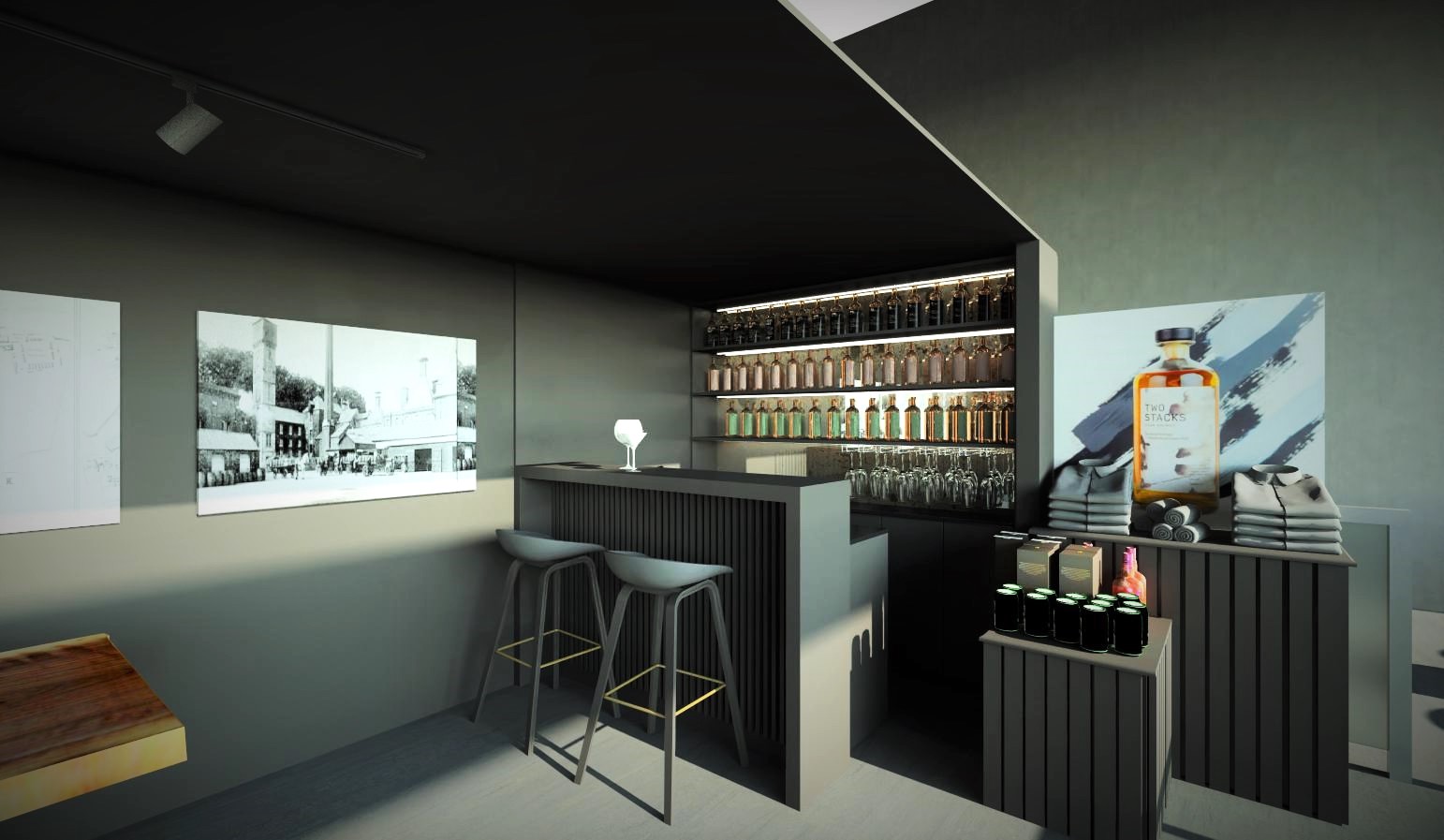
The sense that Irish whiskey is only in the early stages of its growth curve is palpable when one speaks to brand owners that have entered this space in the past decade, many of them young, hungry and passionate about creating their own niche in the category.
For Two Stacks, peated pot still whiskey is an exciting style in which much more can be done, says the owners, while the broader independent bottling space also represents opportunity.
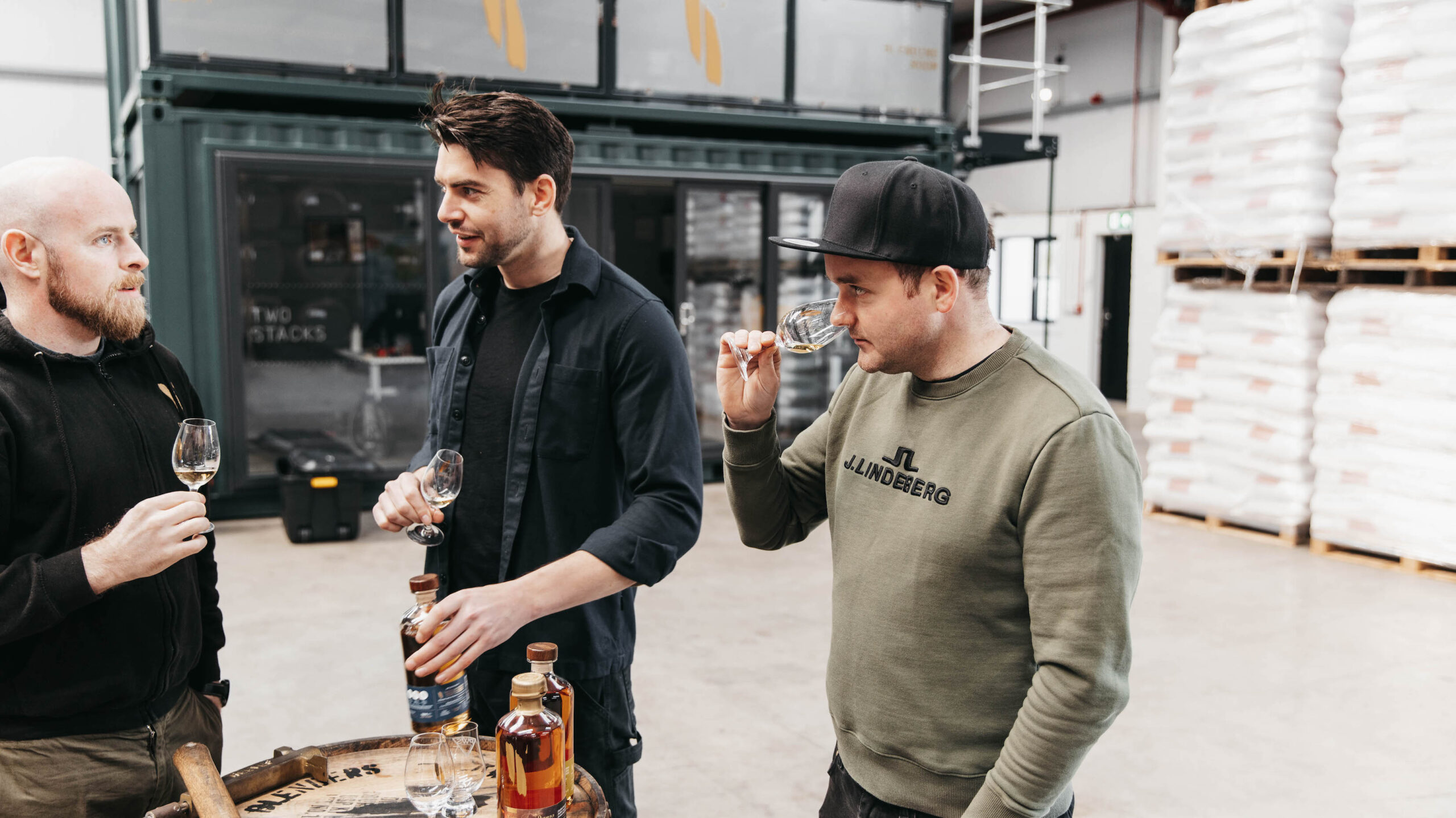
For the Irish whiskey category more widely, the future will lie more and more in premiumisation.
Brogan says: “Very few distilleries have ten-year-old liquid today but move ahead ten years and many more can talk about their ageing, and you’ll see the premium and the super-premium end accelerating. We focus a lot on non-aged stock – and flavour is not just about age – but we recognise that it matters in some markets.
“In the coming decades Irish whiskey will rise to the top once more, with projections that it will even overtake Scotch sales, which is exciting. Single pot still will spearhead a lot of that. The new distilleries have to choose what to lay down for the future, whether that’s mostly single malt or to focus on single pot still. There is still a process of educating the world about Irish pot still whiskey but it is happening.”

McCarthy adds: “Mid-priced to premium is where the category needs to go but it must be done right. If you are coming in as a new distiller with your own distillate, you are going up against Redbreast or Bushmills, at least in the consumer mind. So you have to have incredible liquid or something new and exciting, and you have to price it accordingly. So there is work to be done on that.
“But there are so many great stories out there in Irish whiskey. We are excited about the future for the category and about our place within it.”
Killowen – a tale of terroir and transparencyNestled in the hilly farmland of County Down that sweeps down to the Irish Sea is the townland of Killowen, home to an emerging story of innovation, creativity and passion in Irish whiskey. The business was founded and is led by distiller Brendan Carty, alongside the Two Stacks Co-Owners (see main feature). To visit the small distillery in a renovated shed is an evocative experience for an Irish (or indeed any) visitor. 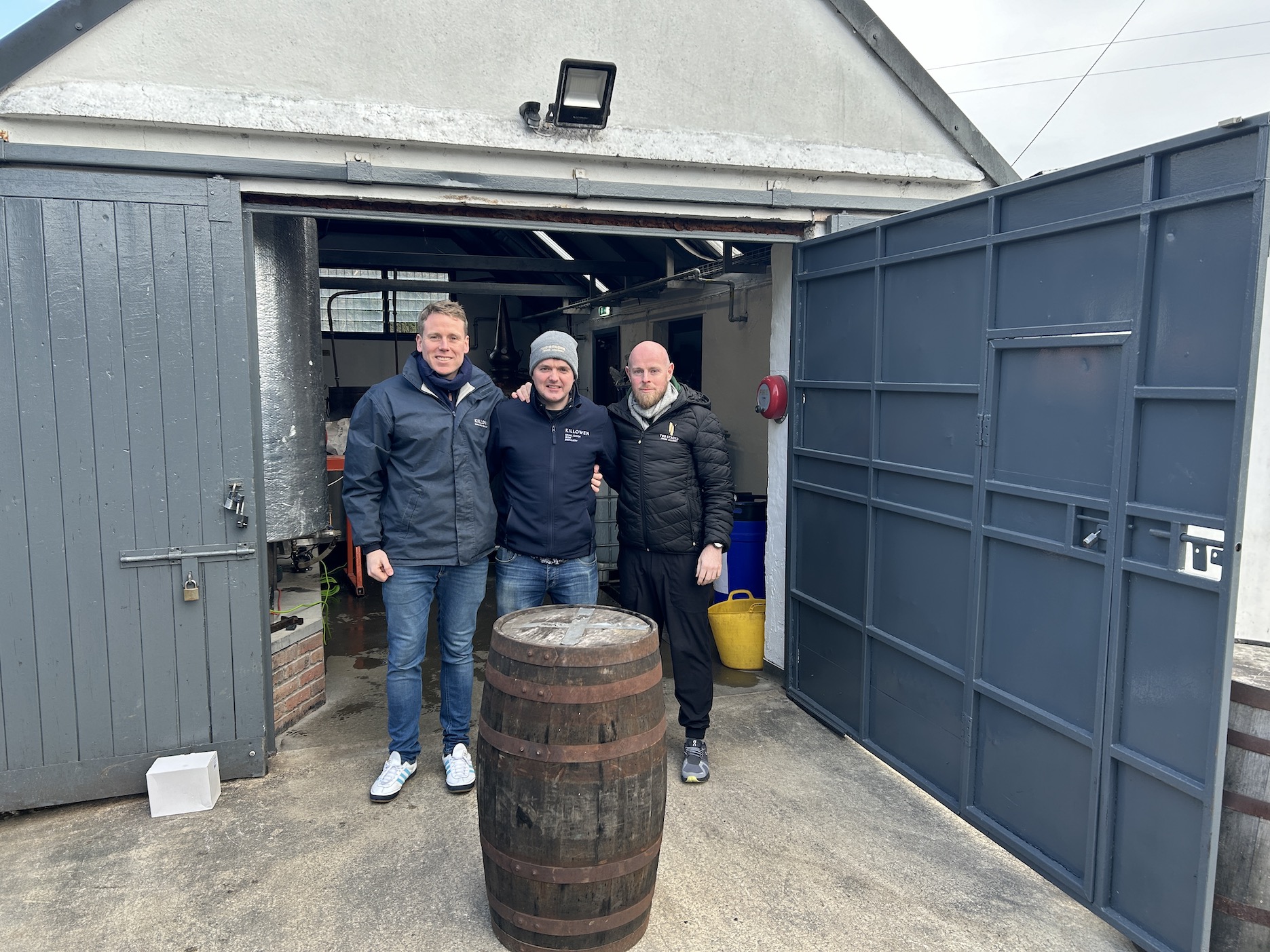
The fields surrounding the distillery still go by their Irish language names, reflecting the strong Mourne Gaelic traditions of this place, the winding boreen (narrow road in Irish) carries a sense of the familiar for anyone with rural connections and the mix of grass, hardy flowers and rock dotting the landscape could be a scene from almost any part of the island. It’s also that connection to the land and local influence that fires the Killowen story. In producing Killowen, malt comes from County Louth across the border in the Irish Republic, oats come from down the lane and rye comes from the Irish midlands. The exception is wheat, used only in limited quantities; this is imported as the grain does not grow well in Irish conditions. 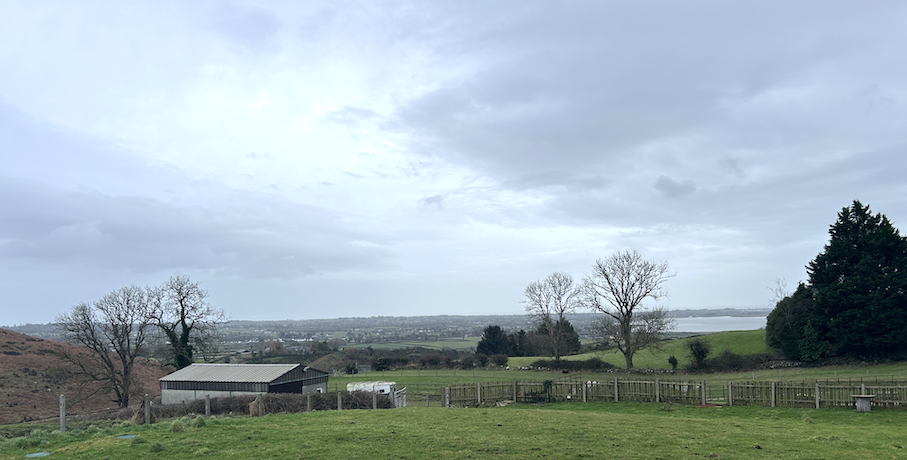 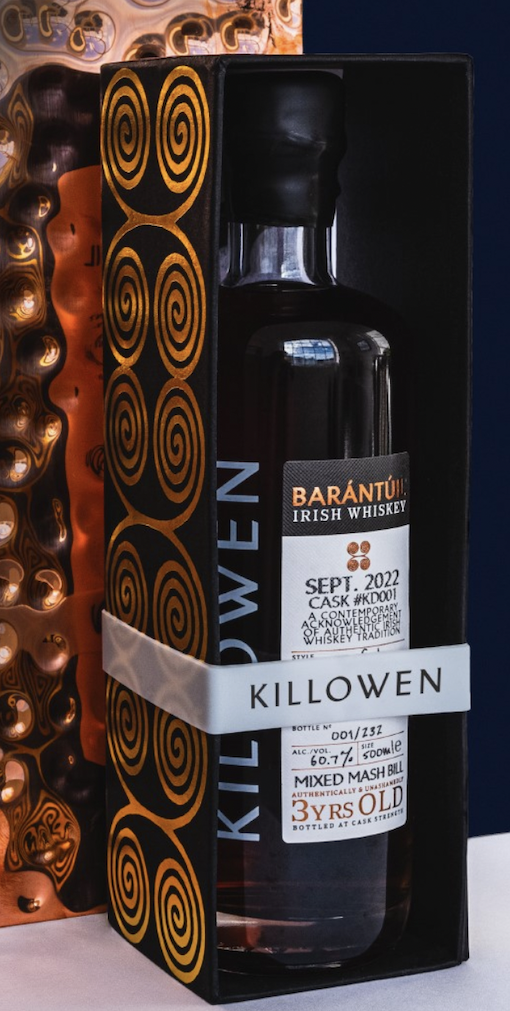 Killowen is among the new generation of whiskey houses producing premium single pot still liquid in small quantities, and that are making their mark on the category at home and abroad. Carty and the team around him are taking almost forgotten native distilling styles and reviving them. They make their own distillate (the distillery houses two stills), run the distillation process for 12 hours a day – longer than anyone else on the island, says the team – and produce around one cask per week currently. Tasting the results straight from the barrel, stored with several hundred others that sit in a nearby unit along the lane from the distillery, is enlivening and enriching. The Killowen expressions, even at three or four years old, are complex, with an explosion of taste delivered by PX sherry, rum and bourbon casks. The small-output, high-quality, premium-priced liquid comes in several variants that have attracted a cult following. These include Signature Rum & Raisin, aged in PX sherry butts and dark rum casks, the Bonded Experimental Series (cask strength) and the jewel in the crown, special-edition expressions under the Barántúil (meaning trustworthy or authentic in Irish) name. Rum & Raisin is selling well with Avolta at Belfast City Airport, says the team, while another expression, the Gloria Irish coffee liqueur, is also being scaled up to make its entry into the travel channel. Transparency is a much talked about element in spirits making today, and it is one that Killowen leans into with its detailed bottle and pack information. Work continues on trialling flavours and different cask types that marry well with the Killowen style. Carty says: “We aim to be true to our origins, with transparency and consistency. And we believe in empowering the consumer. “Killowen has a strong following already and will play a full part in the luxury Irish whiskey category. We believe what we are doing here is pretty special.” ✈ |





